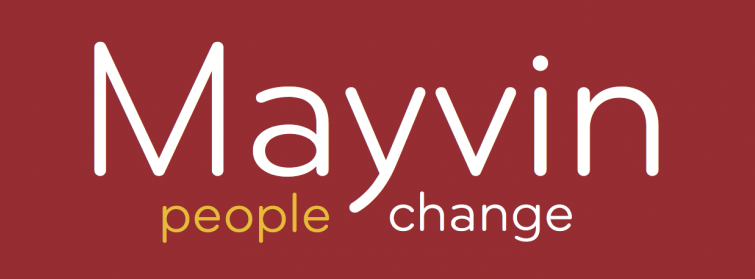The TJ Winter Conference – Using Social Media in Learning #TJ12 ran last month in London and for me it seemed the ideal place to introduce the idea of the Glass Wall to a larger audience.
We kicked off the experiment in the afternoon, straight after lunch and had changed the room layout slightly to facilitate the process – pushing the tables to the edge of the room and having four chairs placed centrally in the room. The twitterfeed was displayed on the large screen at the front of the room. The audience (around 45 people) was asked to pull their chairs forward so they could hear the discussion but also to try and position themselves to see the screen too.
Natasha Stallard acted as the systems facilitator; monitoring the twitter activity to feedback to the speakers and internal audience. David Goddin acted as the group facilitator; focusing his attention on the small group of ‘expert’ speakers: Alison Chisnell, Group HR Director at Informa Business Information, Kate Griffiths-Lambeth, Head of Global HR & Executive Director at Stonehage and me. The question that was to be discussed was: “Does social media impact on organisational leadership?” and we had just 30 minutes to run the experiment that meant discussion for about 15 – 20 minutes followed by feedback from both the audience in the room and from Twitter and then a wrap up.
For my part I voiced my unwavering view that social media will have an ever increasing role to play in our lives and that those who fail to embrace it will be left behind. Leaders, whether they be at senior executive level or lower, recognise the power of the medium but many do know how to embrace it and for what purpose.
Alison Chisnell and Kate Griffiths-Lambeth are avid supporters of social media and see themselves as pathfinders in their organisations; both actively support leaders in embracing new forms of communication. Kate added a caveat to that view, stating that there will always be some elements that will not become as transparent as we would like, simply because confidentiality and business strategy will make certain subject not suitable for the public domain.
There was a brief discussion about leaders who tweet, discussing whether people like Barack Obama, David Cameron and the Pope do their own tweeting – and let’s face it it’s unlikely.
The 20 minutes of facilitated discussion shot by and before we knew it David and Natasha were summing up the internal discussion and drawing out specific comments from Twitter.
Over the course of the event as a whole the tweets reached an audience of 15,000 to 20,000 people in the space of only a few hours. The figures speak for themselves and are evidence of the reach and influence of Twitter but for me it’s not the mechanisms so much as the impact this has on our behaviour and how this might impact on L&D practice.
Throughout the conference there was a tremendous amount of Twitter activity so many of the people in the room were not looking at the speaker throughout in true classroom style but interacting with their phones, iPads and laptops – some of the audience said that as a trainer they felt uncomfortable with this and begs me to ask if we are still generally of the classroom mindset? Do we really believe learners must be sitting up straight, facing forward and concentrating on the speaker and nothing else?
Not today – learners are developing a new type of communication skill that enables them to process information quickly, to précis it and share with others in almost real time. The leader, L&D professional or teacher, has to be prepared to not be the ‘sage on the stage’ but to be part of a wider catalyst of information sharing and opinion. The Millennials will be completely at home with the virtual world and will have a mindset that discards old ideas and embraces new methods quickly and enthusiastically.
We are seeing a real shift in society to hopefully greater democratisation – as social media gives us the ability to have our say – but will this social leveler really bring about sustainable social change? As my fellow C21L group members know I struggle with embracing social media – but I’m persisting and slowly building confidence.
My thanks go to Alison Chisnell @AlisonChisnell and Kate Griffiths-Lambeth @kategl for taking time out of their busy schedules to take part and to David Goddin @ChangeContinuum and Natasha Stallard @stirthesource for their fantastic support of the #C21L programme and for their exceptional facilitation of the Glass Wall experiment.
Guest blogger Debbie Carter, Director of Research at Training Journal, (www.trainingjournal.com) describes using the ‘Glass Wall’ social media experiment devised with Mayvin Ltd at Training Journal’s ‘Social Media in Learning’ themed Winter Conference, December 2012.

